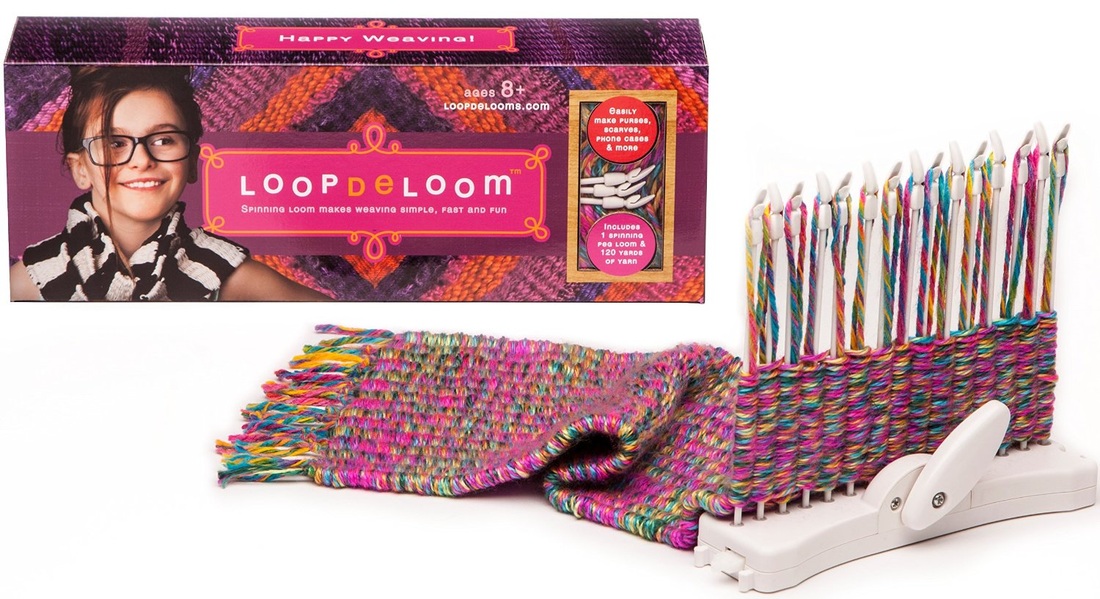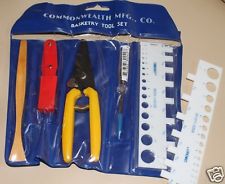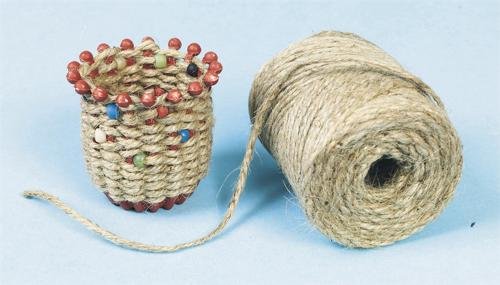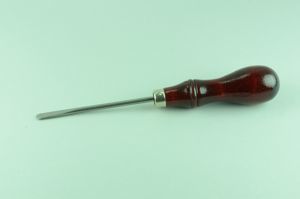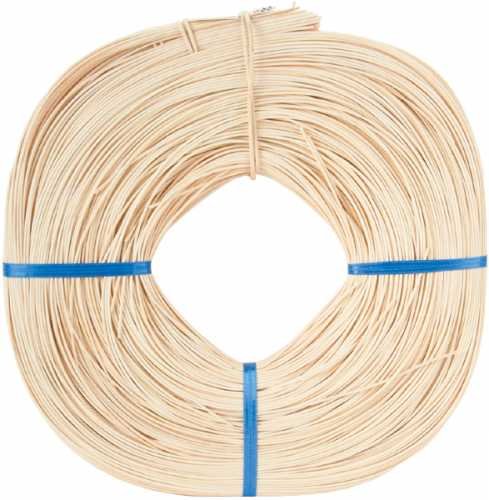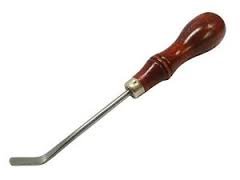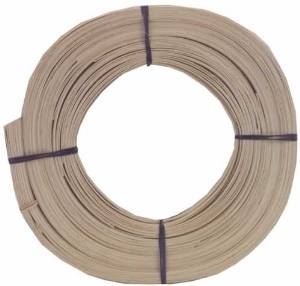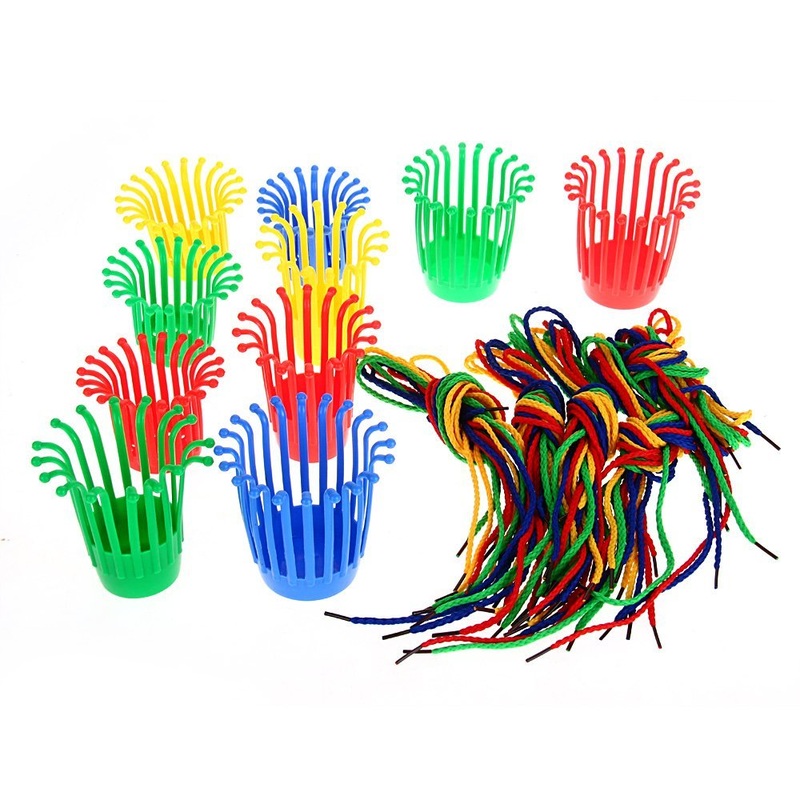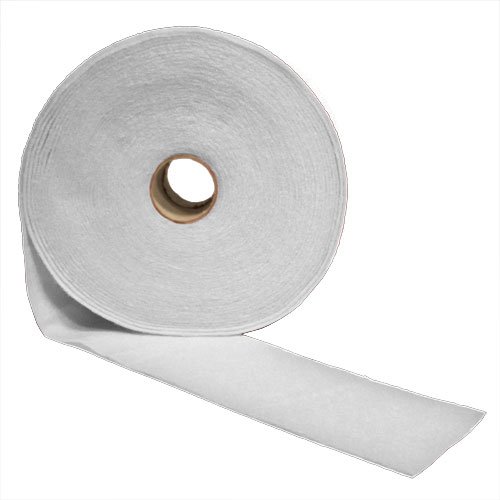|
We love basket weaving and everything about weaving baskets. Basket weaving can be a fun and inexpensive hobby that is also useful, I mean, come on, who couldn’t use a few more baskets? Knowing how to weave baskets and make baskets for your own personal use is very rewarding but we find making baskets and weaving baskets to give away as gifts is even more rewarding. When you first start basket weaving you will probably have some questions about weaving baskets. That’s why we put together this page of frequently asked basket weaving questions so go ahead and take a look and soon you will be weaving baskets.
What are most baskets made of? Antique American baskets have usually been woven of hardwoods like ash, oak & hickory. However, today most American basketweavers learning to weave use the tropical materials "reed" & "cane". This is not to say that the hardwoods aren't used, but they're expensive and trickier to work with. Most patterns & kits will use reed and cane. What are "reed" and "cane"? Reed and cane are basket weaving materials, the products of the tropical vine "calamus rotang". They're harvested in various parts of Asia, then processed in factories into the different sizes of reed and cane. Reed is the inside of the vine, and cane is the outer bark. Cane is not just for basket weaving, it is also the material used for woven chair seats. Flat reed comes in various widths as measured in fractions of inches: for example, 3/16", 1/4", etc. Round reed is measured in numbered sizes. Smallest numbers measure the smallest diameter. #1 is a very narrow weaver (spaghetti-sized), whereas #8 is a good sized spoke (almost pencil sized). Anything larger than #10 is generally furniture-gauged. Why are basket materials used wet? Basketry materials are too brittle to be woven in their dry state. When soaked for as little as 15-30 minutes, reed & cane become flexible and easy to manipulate without friction & breakage. What kind of basket should a Beginner start with? To start basket weaving any simple structure will do. (KITS are especially good for beginners. Everything you need is there, and you don't need to make any decisions about what materials to buy.) We recommend either a round, square or melon type basket made of flat materials. "Round" means a basket that has spokes in a radiating base pattern- like the spokes of a wheel. "Square" means any kind of simple square or rectangular base pattern- woven like a checkerboard. "Melon" means the structure wherein 2 hoops are placed within each other & assembled with God's eyes patterns. (For examples, look at the "Basketry Studio A" Original Beginner's, Cape Cod Blueberry and Melon, on our Specials page.) Another easy type of basket, & one that looks more sophisticated, is any rectangular basket made with a D handle.T The D handle anchors your base and gives you something to grab onto as you weave up the sides. (The Harvest, Tote and Plantation Herb are this kind.) Can a person learn Basketweaving without a class? Absolutely! If you have good basket patterns- with lots of illustrations- you can take yourself step-by-step throughany basket. If your patterns don't have step-by-step drawings, then phrases like "insert spokes" and "thread cane through border" are going to be trial and error instead of the simple procedures that they should be. If you can't attend classess, good patterns are the next best thing to being there, and learning to weave with a friend is a close second. Does Flat reed have a "right" and "wrong" side? Yes, technically, it does. However, this is not always apparent, nor important, unless the reed is tending to fray. The right side is smoother. The wrong side will crack or sometimes split when bent into a "U" shape. To find out which side is which, bend a wet piece of the reed into a "U" shape. If it seems to crack, you've got it inside out. The smooth side of the reed should be on the outside when you lay out your spokes or weave with it. (The rough side should then be on the inside of the basket.) If you can't tell the difference, then that particular batch of reed is nearly uniform on both sides. Remember that when you're weaving on the basket and bending the spokes upright for the sides of the basket, if the spokes crack, this means that they're probably inside out. Just flip over the problem spokes and continue. How should I store my reed? In a moderate environment. Not so dry that you fry the reed (like an attic in summer) and not so damp that you risk mildew. Never use plastics for storage unless you've absolutely gotten everything bone dry. Brown paper bags or cardboard boxes are good choices, as well as hanging different sizes on hooks, or from the ceiling. How long will reed (and baskets) last? Baskets can last indefinitely if stored in a moderate climate. Not too dry (not in an attic) and not too wet (not in a humid area). Reed, however, has its limitations. The only way to find out if your stored reed is useable for weaving baskets is to soak it for 15 minutes and try it out. If the reed is brittle and continues to break, it's not worth weaving with. If my baskets are dusty, what's the best way to clean them? Assuming that we're not talking about priceless antique baskets from early native American periods, the easiest and most efficient way to clean your baskets is with a garden hose. Hose off the dust and let them dry thoroughly. Baskets can also be put in the bathtub so that they freshen up by absorbing moisture directly. Once again, rinse off the dust and let them dry completely to avoid mildew. I got mildew on my reed. How do I get it off? Soak the reed in a mild bleach water solution and it'll come clean again. Will it hurt the reed if I soak and re-soak it again? It won't hurt under normal circumstances. You can soak your materials to prepare to weave, take them out when you're interrupted for a couple of days, soak them again, continue weaving, re-soak, etc. and it'll be no problem. Problems occur when you forget your reed in water for long periods, like overnight. Reed can even get slimy because of molds & bacteria that begin to grow in the water- especially in the hot summertime. The base of my basket is wobbly. How can I get my basket to "sit" perfectly flat? If it's a round-based basket, gently push up on the center of the wet bottom of the basket. If it's a square basket, do the same. With a square, the basket will now rest on its corners and the center of the base is lifted off the table. With both, the weight of the basket will be distributed to the outside edges. The inside will be slightly raised up. In other words, if you put marbles in your basket, they'll roll to the outside edge. What are "spokes", "staves" and "ribs"? These are the three interchangeable names for the same part of the basket structure. I like to call the spokes, staves or ribs the "skeleton" of the basket because the weavers go over and under these to complete the basket. What are the "weavers"? Weavers are strands that go over and under the spokes to complete the basket. What is "plain-weave"? Just as in fabric weaving, "plain-weave" is the simplest over-under-over-under pattern. Plain weave is what's generically known as "basketweave" in everything from the basketweave pattern on the side of a wedding cake to the basketweave pattern on a fence. It's also the very same pattern that you wove when you made paper placemats in Kindergarten. As a beginner, sometimes I can't tell if I've made a mistake. What can I do to make it easier to correct errors? Whenever your weaving doesn't look "right", that is, if your pattern suddenly has an "over-over" or "under-under" in the plain weave, it means that you made a mistake, probably in your last row. Simply backtrack along the row, looking for the error. The break in the pattern will be easy to spot, and you simply unweave the basket to that point and continue again. (If you ignore a mistake, you'll need to make the same mistake on every row in order to make the pattern work! Yipes! It's easier to fix it the first time.) How do I get the right tension in my basketweaving? Tension in basketweaving, I tell my students, is like tension in knitting or anything else. You develop an even tension with practice. BUT- it's very easy to develop this! The key is to always pack down each stitch as you weave it. Bring the weaver over the first spoke and under the next spoke, and pack it down right then. This means: don't try to weave a whole row of a basket loosely above the rest of the weaving, and then plan on packing it down after the fact. This type of shortcut doesn't work and will only result in a loose, lumpy basket. In contrast, if you pull on your weaver too tightly, it will develop too tight of a tension. Tight tension results in baskets that taper inward too much at the top, instead of remaining vertical or flaring out slightly. So what the BEST way to achieve even tension? The very best way is to ENJOY your basketry. Don't be tense about the fact that it's your very first basket! Stop and look at it after each row. This keeps you on track. You should weave the basket- not vice-versa! Remember that it's easy to take apart anything that you don't like, so go ahead and un-weave when you need to. Also, be sure to re-soak the basket as it needs it. This will not only revive the basket with added moisture, but it will revive YOU with a necessary break. After the first basket, I promise- you'll be so excited about your achievement that you'll be ready to weave anything! Now for some technical questions... When I get to the point of designing my own baskets, what's the proper ratio of spokes to weavers? In general, the spokes should be about twice the size of the weavers. For example, a basket with 1/2" flat reed spokes should have weavers that are 1/4" or 3/16" wide. A basket with #4 round reed spokes might have #2 weavers. This is not always critical, but if you stray too far from the ratios, you can have extremes of either very loose or very tight to weave baskets. Why does plain weave need an odd number of spokes? Plain weave- and most patterns except twill- require an odd number of spokes in order to make the pattern "work". With an even number of spokes, the weavers will just "pile up" instead of balancing a weave that goes both behind and in front of the spokes. How do I get an odd number of spokes? If you're working from a pattern, it will generally show you one of two ways to achieve this. If you're designing your own basket, choose whichever you prefer: After the base is woven, and you're ready to weave the sides, you can either split one spoke (to make two) and this will create the odd number. OR, you can insert an extra spoke to achieve the odd number. This is best done on the corner of a square or rectangular basket, or anywhere at all on a round basket. Is there an alternative method to having an odd number of spokes? Yes, if you wish, when the base is woven, and you're ready to weave up the sides, do the following: Weave one round with your chosen weaver. Then, add a secondweaver and weave the second round, leaving the first weaver where it left off. Continue to weave with the two weavers, alternating rows. This sounds tricky without illustrations here, but it's pretty simple. Essentially, one weaver is weaving the "overs" and the other weavers is weaving the "unders". |
|
